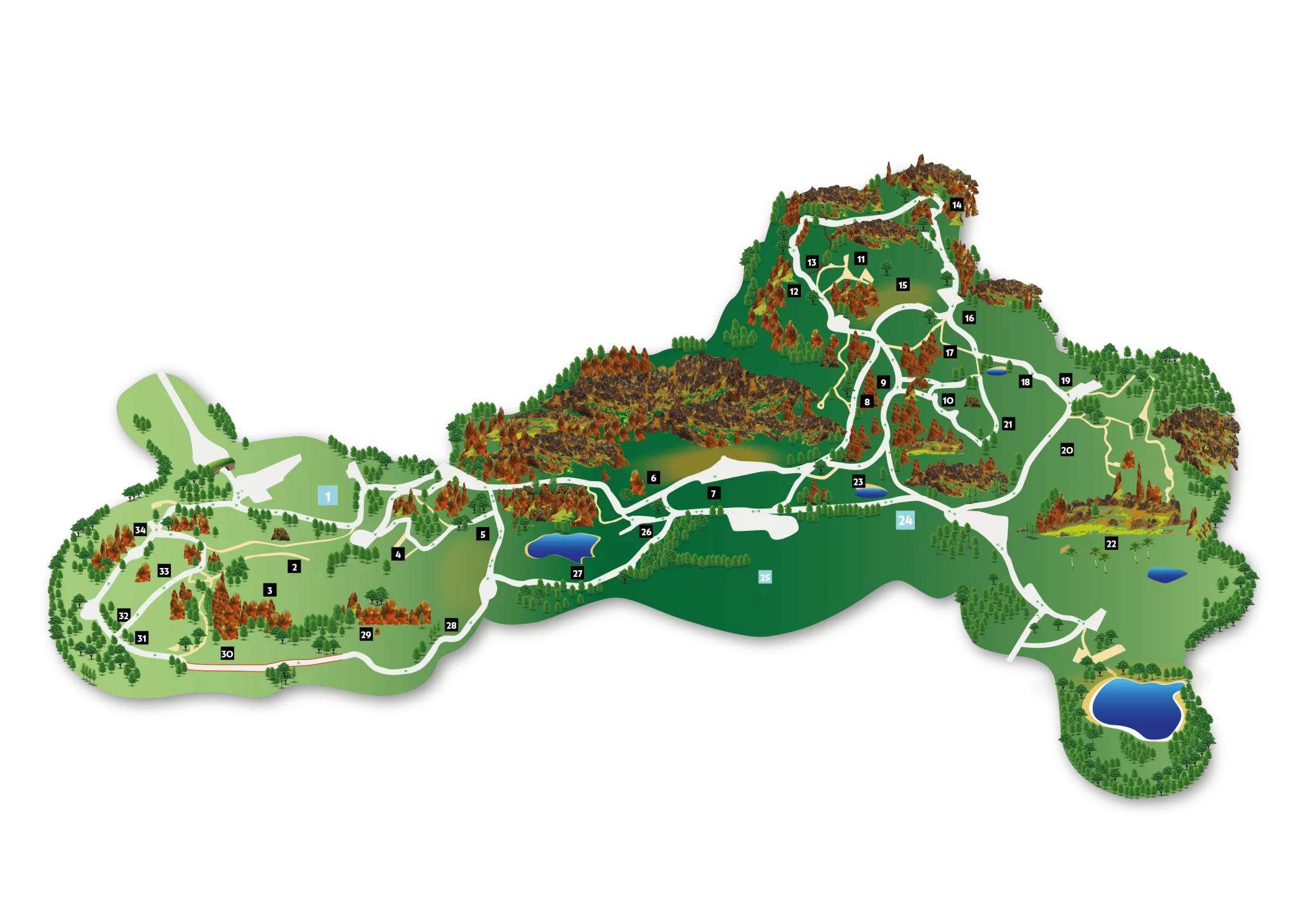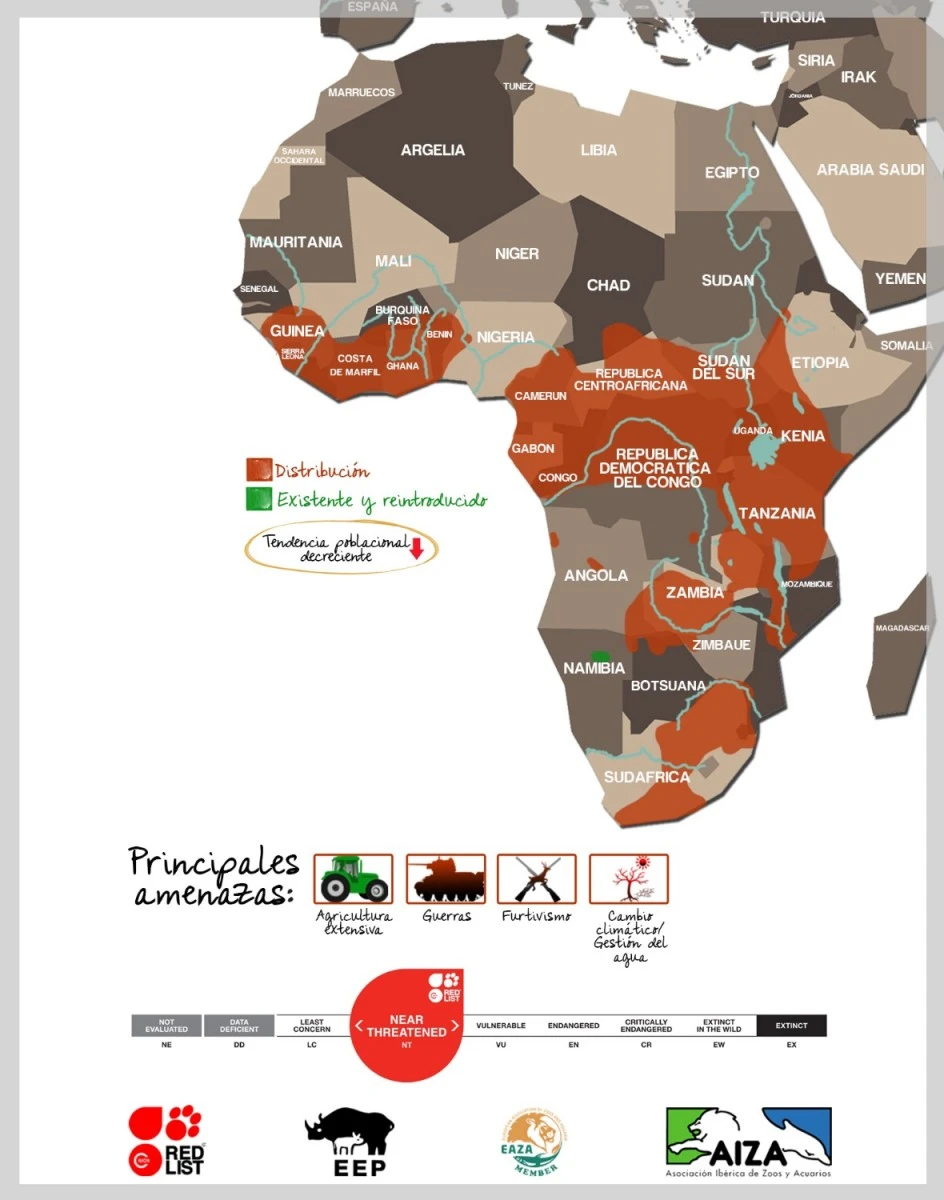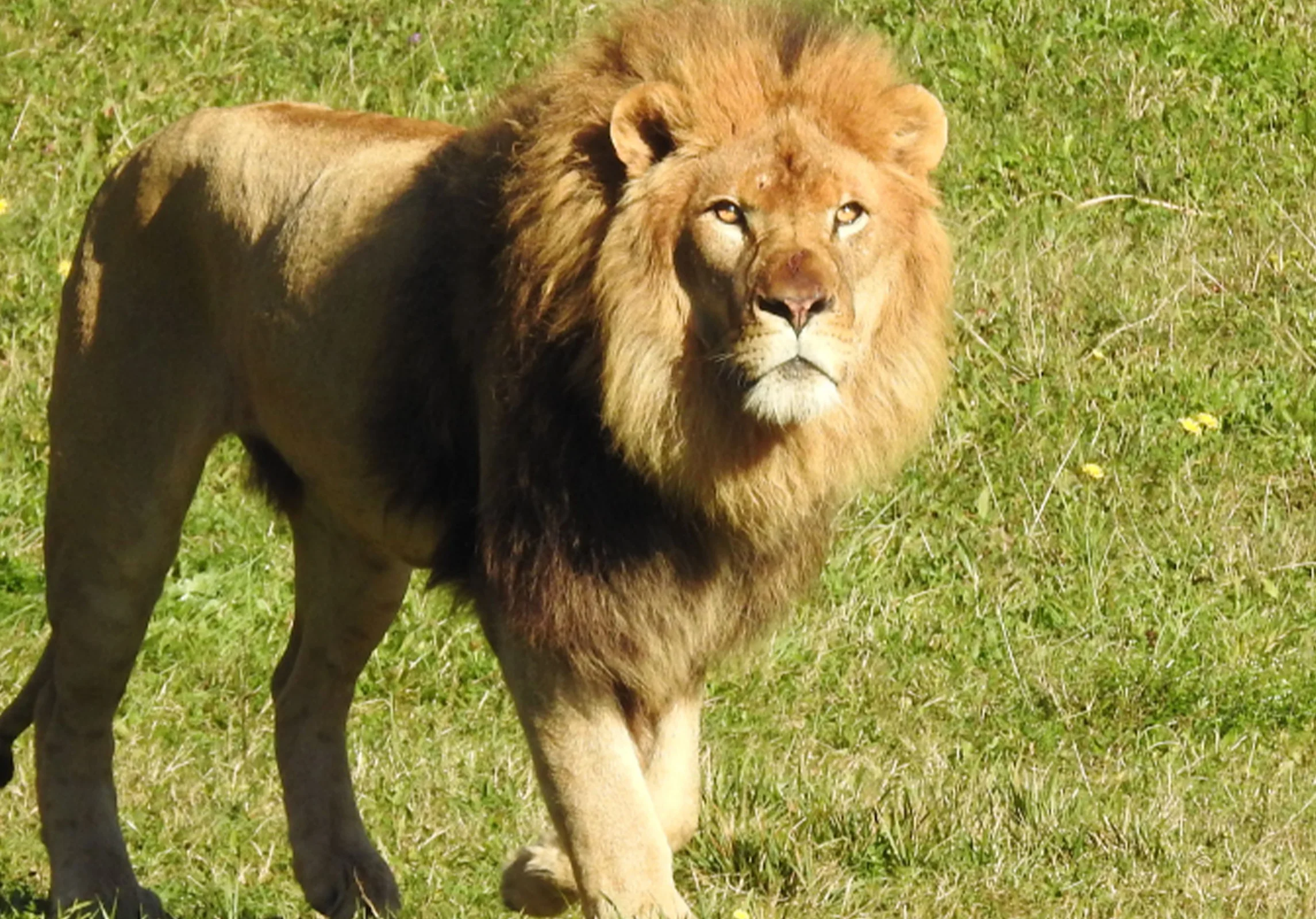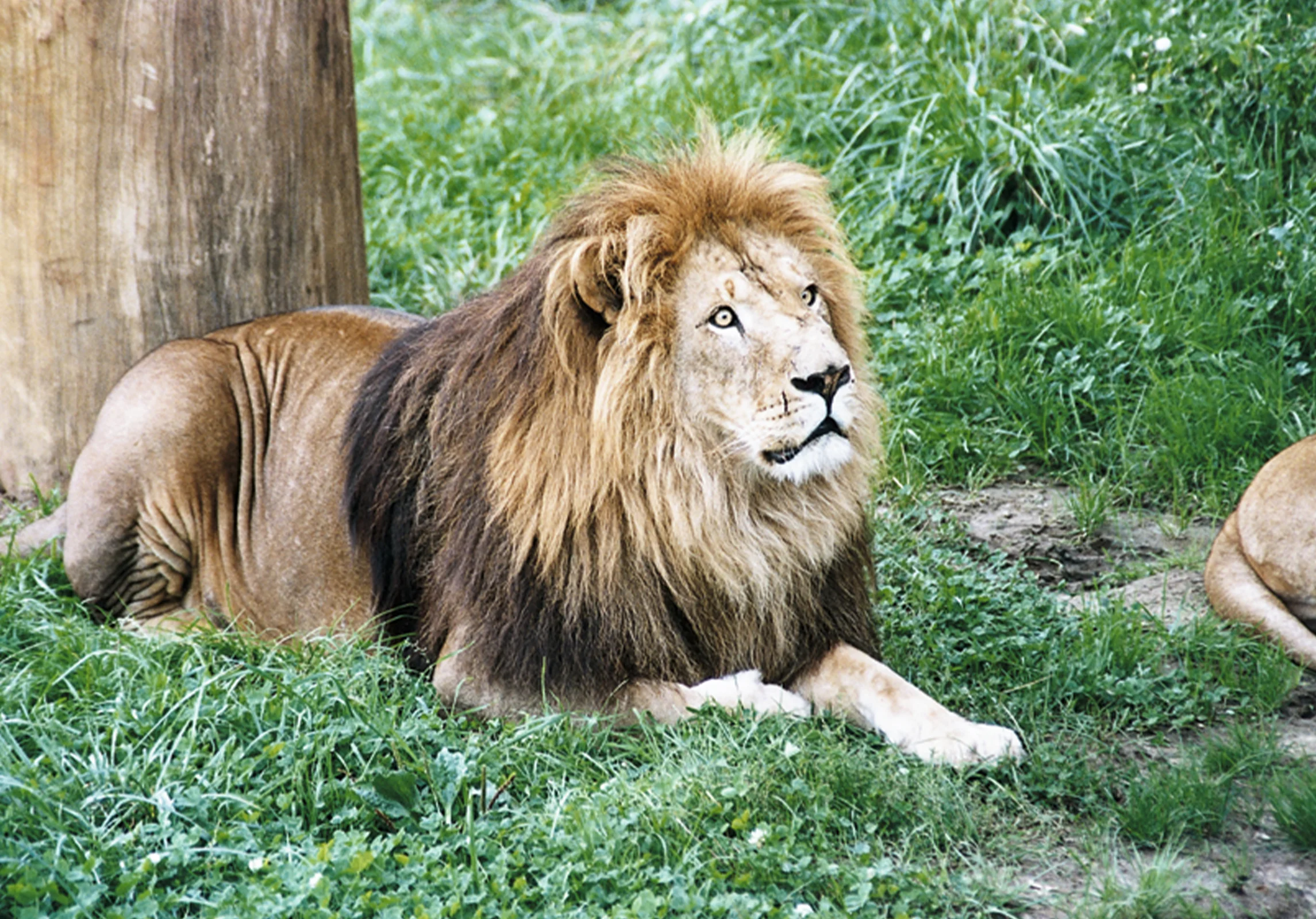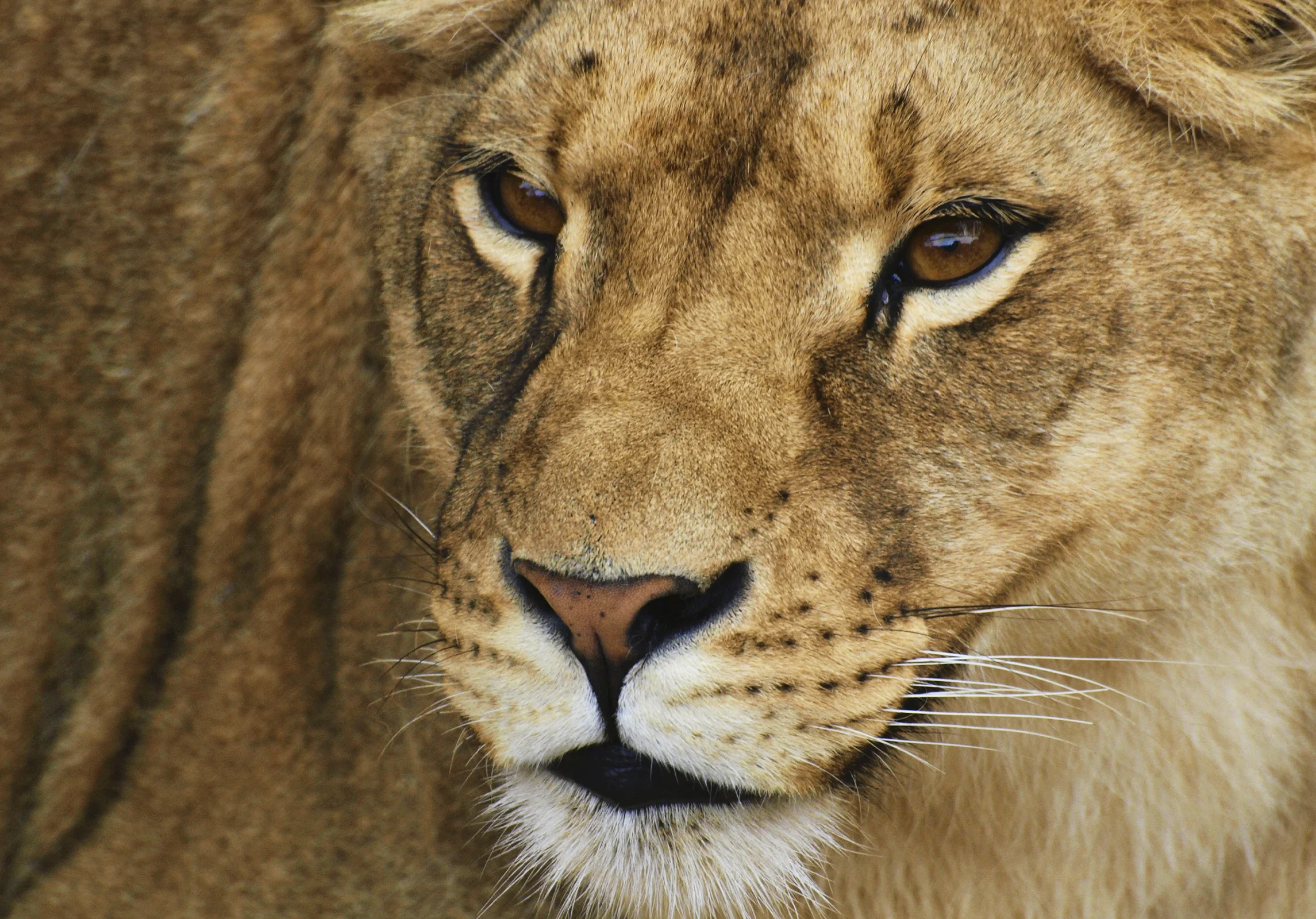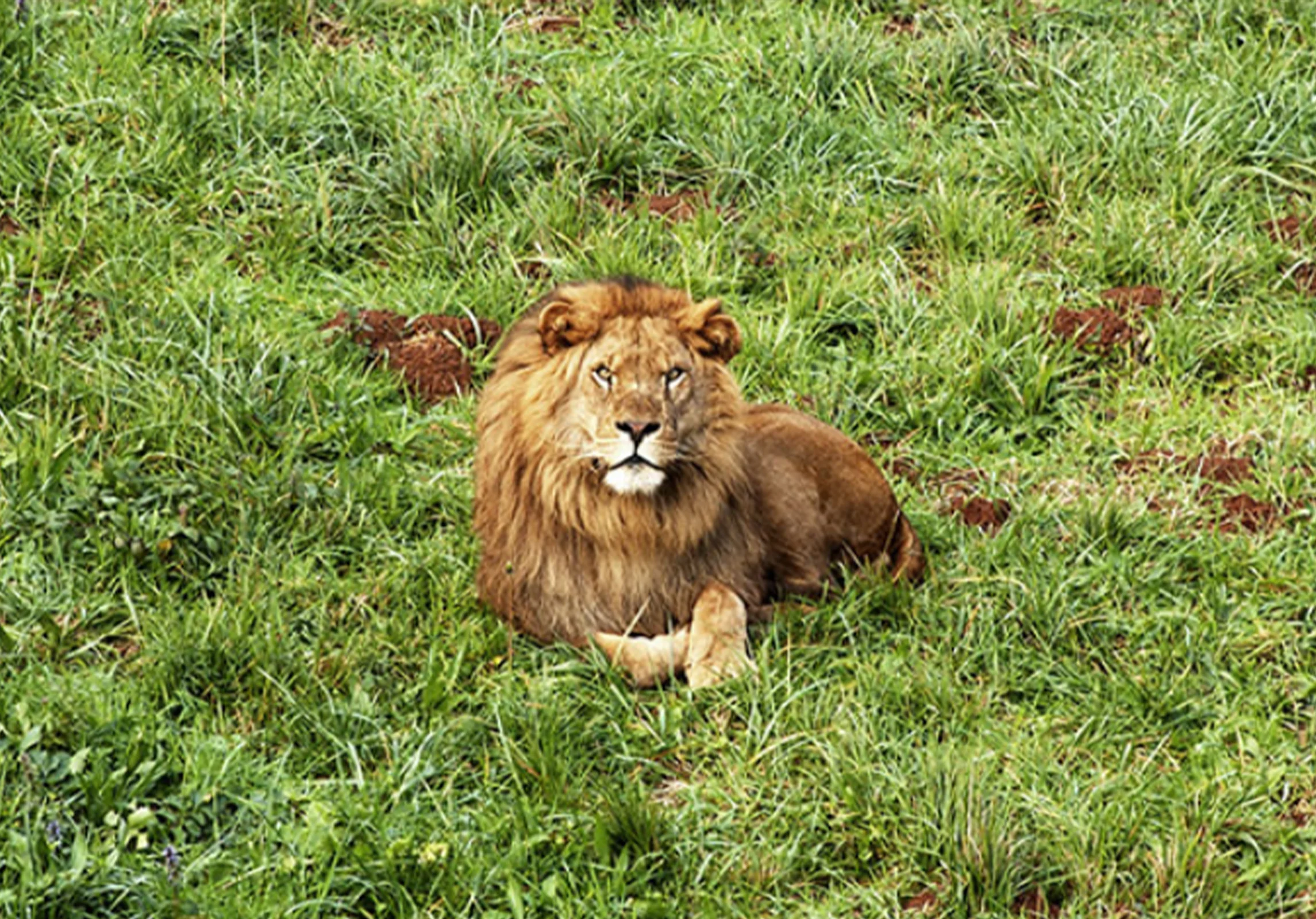
Lions are the only felines that live forming a hierarchical social group with a clear division of roles: males guard and defend the territory, and females hunt and care for the cubs.
If the females in a pride were to give birth within a few months of each other, they would raise their cubs together, even going so far as to nurse the cubs of the other female. When they grow up, if they are females, they join the pride, strengthening and cementing the group; but if they are males, they will be expelled by their father at three years of age and will wander, alone or in very small groups, waiting for a male who has established a family to show a sign of weakness, a circumstance that will be exploited to confront and replace him.
Old males, often wounded from fighting, survive for a short time and, if they recover from their wounds, will become solitary scavengers. As a curious fact, males begin to develop their mane at approximately 2 years of age, but it does not grow completely until 4-5 years, it darkens at 9 years, and they can lose it if severely injured.
They possess a low hunting success rate, capturing one prey out of five attempts. Unlike the rest of the felines, their heart is smaller in relation to their body, approximately half, which is why they cannot run at high speed for a long time. If capturing prey requires too much effort, they will give it up to conserve energy.
Their diet is based on gazelles, zebras, wildebeest, and other antelopes, although they never disdain the opportunity to steal prey from other less robust hunters or even feed on carrion.

